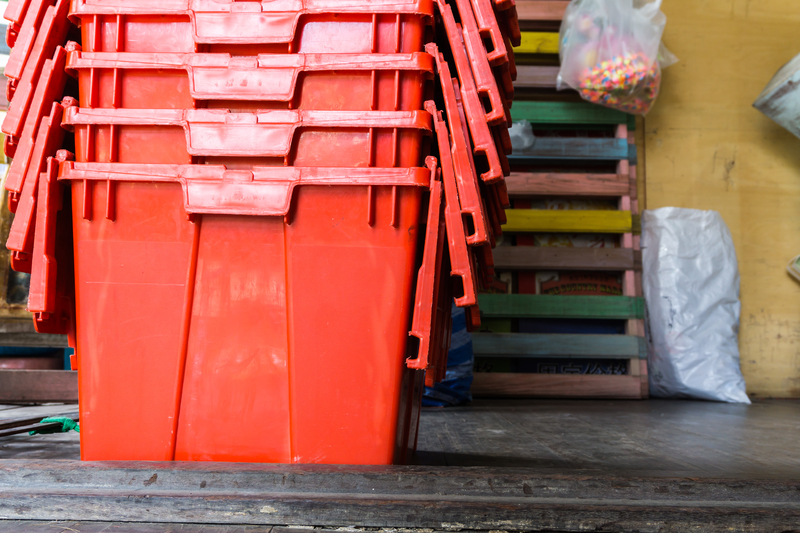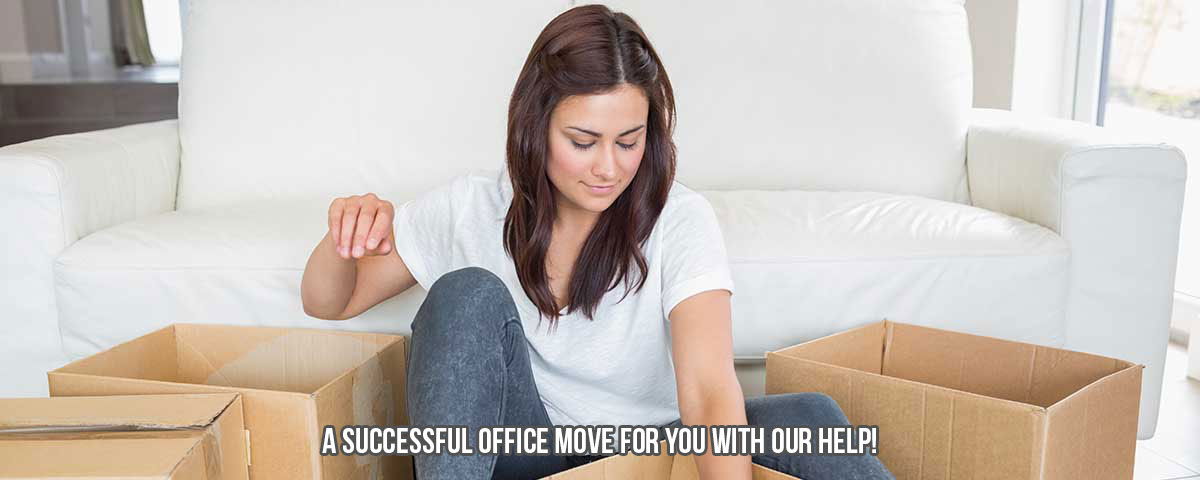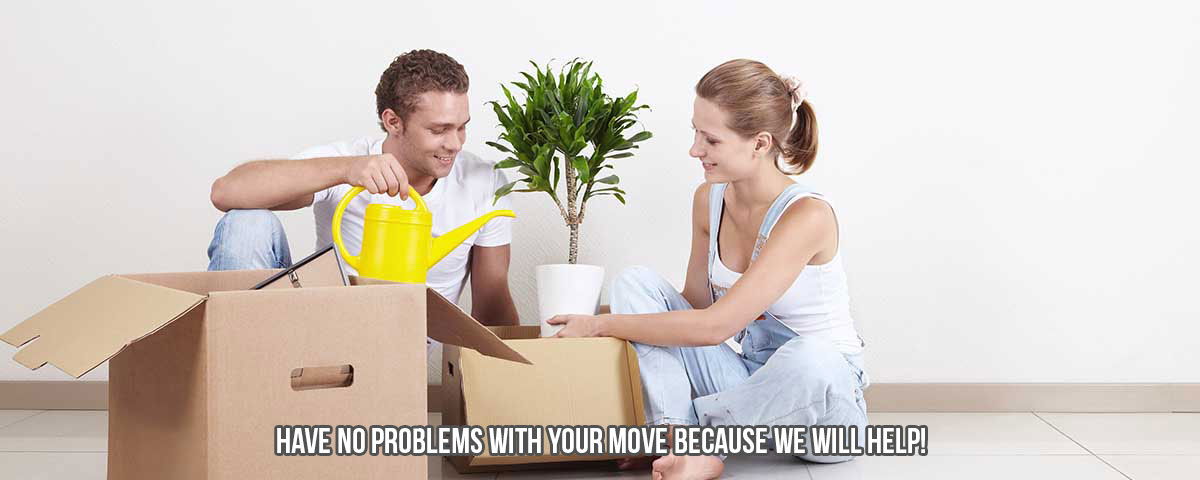Packing to Perfection: Essential Tips for Moving
Posted on 22/06/2025
Packing to Perfection: Essential Tips for Moving
Moving to a new home marks an exciting chapter in anyone's life. However, packing for a move can quickly turn into a source of stress if not managed correctly. To help you get started on the right foot, we've compiled the ultimate guide packed with essential moving and packing tips that ensure a seamless, efficient, and organized transition to your new home. Whether you're relocating across town or across the country, these expert strategies help you pack to perfection and keep moving day stress at bay.
Why Packing Efficiently Matters
Before diving into the best packing methods for moving, it's important to understand why efficient packing is crucial:
- Protects possessions: Adequate packing minimizes damage during transport.
- Saves time and energy: Organized packing simplifies loading and unloading.
- Reduces costs: Smart packing may mean fewer boxes and lower moving expenses.
- Minimizes frustration: Labeled and sorted boxes make unpacking hassle-free.

Step-By-Step Packing Guide for a Stress-Free Move
1. Begin with a Pre-Packing Checklist
A successful move starts long before you wrap your first fragile item. Laying a solid foundation will dictate the ease and efficiency of your packing:
- Declutter: Go through your belongings and donate, sell, or dispose of items you no longer need. Packing less saves time and energy!
- Inventory: Create a master list of what you're taking to track possessions and estimate packing supplies.
- Gather Supplies: Invest in high-quality boxes, bubble wrap, packing paper, tape, markers, and specialty containers.
- Plan: Schedule moving company appointments, allocate packing time, and arrange for help if needed.
2. Select the Right Packing Materials for Moving
Using the best materials is vital to a successful packing process. You'll need:
- Sturdy moving boxes in various sizes
- Packing paper or unprinted newsprint for wrapping dishes and glassware
- Bubble wrap for breakables
- High-quality packing tape to secure your boxes
- Labels and markers for clear identification
- Specialty boxes, such as wardrobe and dish barrel boxes, for fragile or bulky items
Room-by-Room Packing Strategies
3. Packing the Kitchen
The kitchen can be one of the most labor-intensive areas due to its fragile items. Consider these moving and packing tips for your kitchen:
- Sort before packing: Set aside non-essentials early, and only keep what you'll use until moving day.
- Protect valuables: Wrap fragile items individually with bubble wrap or packing paper. Place heavier dishes at the bottom of boxes and lighter items on top.
- Seal liquids: Place open bottles or containers in sealed plastic bags to prevent spills.
- Label clearly: Mark boxes 'Fragile' and indicate contents, such as 'Dishes' or 'Glasses'.
- Use dish barrels: For especially delicate china or glassware, use dish barrel boxes for added protection.
4. Packing Bedrooms
Packing bedrooms can be streamlined with a methodical approach. Essential packing tips for moving bedrooms include:
- Use wardrobe boxes: Hang clothes to avoid wrinkles and make unpacking a breeze.
- Pack out-of-season clothes first: Tuck away items you won't need right away and save everyday outfits for last.
- Label bedding: Keep sheets, pillows, and blankets in a designated box for immediate use on arrival.
- Protect valuables: Pack jewelry and important documents in a small container you'll carry with you.
5. Packing the Living Room
- Manage electronics: Photograph cable setups before disconnecting and pack devices in their original boxes if possible.
- Wrap artwork: Cover paintings and framed photos with non-stick padding, and place them in mirror boxes for safety.
- Disassemble furniture: Remove legs, feet, and hardware. Store screws in labeled plastic bags taped to their respective components.
- Bundle cords: Use twist-ties or zip-lock bags for cords, clearly label, and keep them with their devices.
6. Packing the Bathroom
- Use plastic bins: To avoid leaks, pack liquid toiletries in bins or sealable bags.
- Sort medications: Keep essential medicines accessible, and dispose of any expired products.
- Essentials bag: Prepare a small bag with daily toiletries for immediate use in your new home.
Proven Packing Tips to Move Like a Pro
7. Pack Well Ahead of Schedule
Last-minute packing is a recipe for chaos. Start early, ideally several weeks before your move date, especially for rooms you use less frequently.
8. Pack a First-Night Box
Set aside an 'essentials' box containing toiletries, bedding, medication, chargers, snacks, and a change of clothes. This way, your first night in the new place is comfortable and stress-free.
9. Label Everything Clearly
Labeling is a lifesaver. Clearly write the contents and destination room on each box. For added efficiency, use color-coded labels or stickers to quickly identify which boxes belong where.
10. Keep It Light
Don't overpack boxes--keep them under 50 pounds where possible. Heavy boxes are tough to move and risk breaking under pressure. Use smaller boxes for heavier items and larger ones for lighter belongings.
11. Protect Fragile Items
Wrap breakables individually using paper, bubble wrap or towels and clothes for eco-friendly padding. Fill empty spaces in boxes with crumpled paper or soft materials to prevent movement and shocks.
12. Use What You Already Have
Suitcases, laundry baskets, dresser drawers, and large totes can all double as moving containers. This not only saves on packing materials but can also make moving faster and greener.
Moving Day Tips for an Easy Relocation
13. Confirm Details with Your Moving Company
Double-check the moving date and arrival time, discuss parking provisions, and clarify what items require special handling.
14. Keep Important Documents and Valuables with You
Personal papers, jewelry, passports, and irreplaceable items should travel by your side. Don't risk losing them amid a houseful of boxes.
15. Supervise the Move
Whether you've hired movers or enlisted the help of friends, maintain a presence on moving day. Guide where boxes go and verify that everything leaves and arrives intact.
Bonus Section: Packing Hacks and Moving Tricks
- Photograph Electronics: Before unplugging, snap pictures of wire arrangements so setting up in your new home is simple.
- Use Towels and Linens: Drape over fragile items in boxes for extra cushioning and make efficient use of your linens.
- Leverage Suitcases for Books: Rolling suitcases are ideal for transporting heavy books; their wheels save your back and keep boxes light.
- Saran Wrap Drawers: Leave clothes in dressers, wrap the entire drawer in plastic wrap, and move the drawers as-is.
- Pack Plates Vertically: Like records, plates are less likely to break if stacked on their edge rather than flat.
- Color-Code Your Boxes: Assign a different color label or tape for each room for faster sorting at your new home.
What Not to Pack When Moving
Some items are best left out of the moving truck due to legal, safety, or maintenance issues. These include:
- Perishables: Foods that spoil quickly should be consumed or discarded before moving day.
- Hazardous materials: Flammables, chemicals, paints, and aerosols are not allowed in many moving trucks.
- Live plants: Many states have regulations forbidding transit of live plants across borders.
- Personal valuables: Always carry cash, legal documents, and keepsakes on your person.

Packing for a Move: Frequently Asked Questions
When should I start packing for a move?
Begin packing at least 4-6 weeks before your moving date. The earlier you start, the less stressful it becomes. Start with off-season items and rooms you use less frequently.
How do I decide what to pack first?
Packing non-essentials is the best strategy. Begin with items you won't need right away - books, decor, out-of-season clothes, and rarely used kitchen gadgets are great first choices.
How can I keep fragile items safe during the move?
Wrap each item individually, use extra padding, and avoid leaving empty spaces where things can shift. Always mark these boxes as 'Fragile' and stack them on top.
How do I make unpacking easier?
Label everything thoroughly, and group similar items together. Moving to a new home is much easier when boxes are placed in their corresponding rooms and essentials are within reach.
Final Thoughts: Pack to Perfection for a Smooth Move
Moving doesn't have to be overwhelming. By following these packing to perfection strategies, you'll enjoy a more organized, efficient, and positive moving experience. Remember to start early, use the right materials, label thoroughly, and keep essentials handy. With a well-laid plan, your move can be the first adventure in your exciting new chapter!
Ready to get started? Use this comprehensive guide as your check-list for stress-free moving day success. Happy moving!

 request quote
request quote




